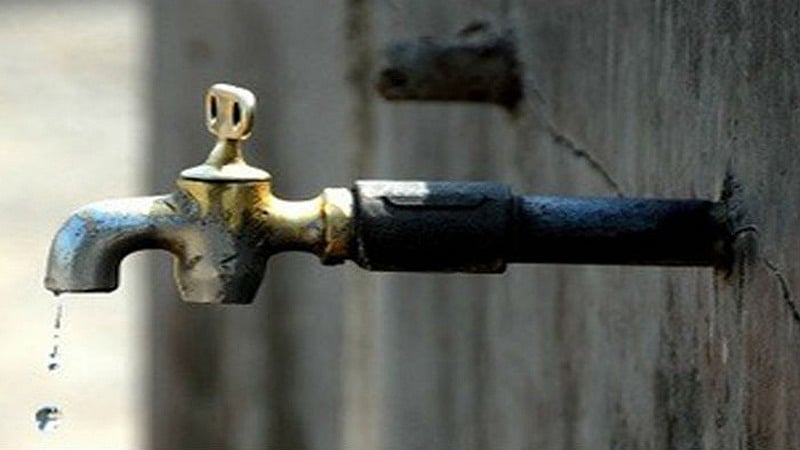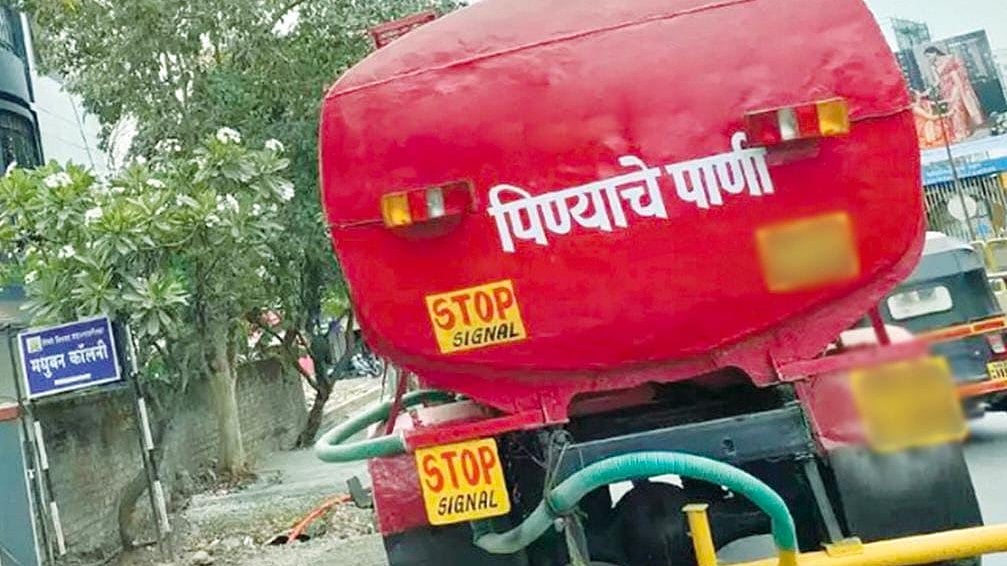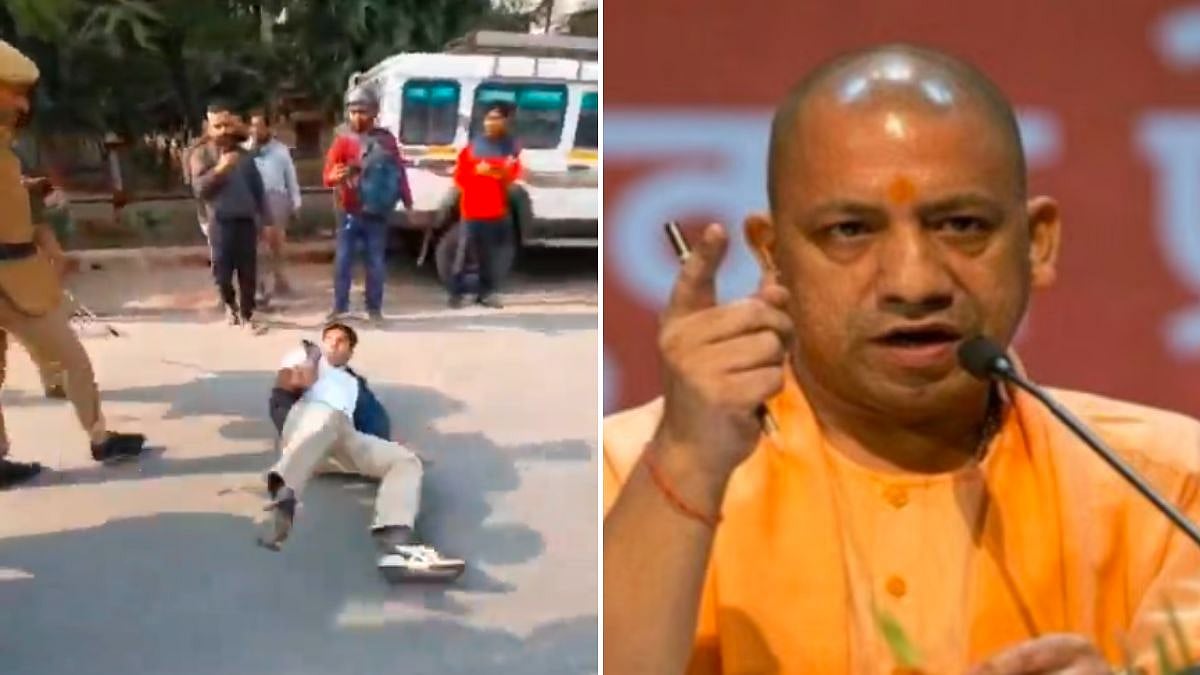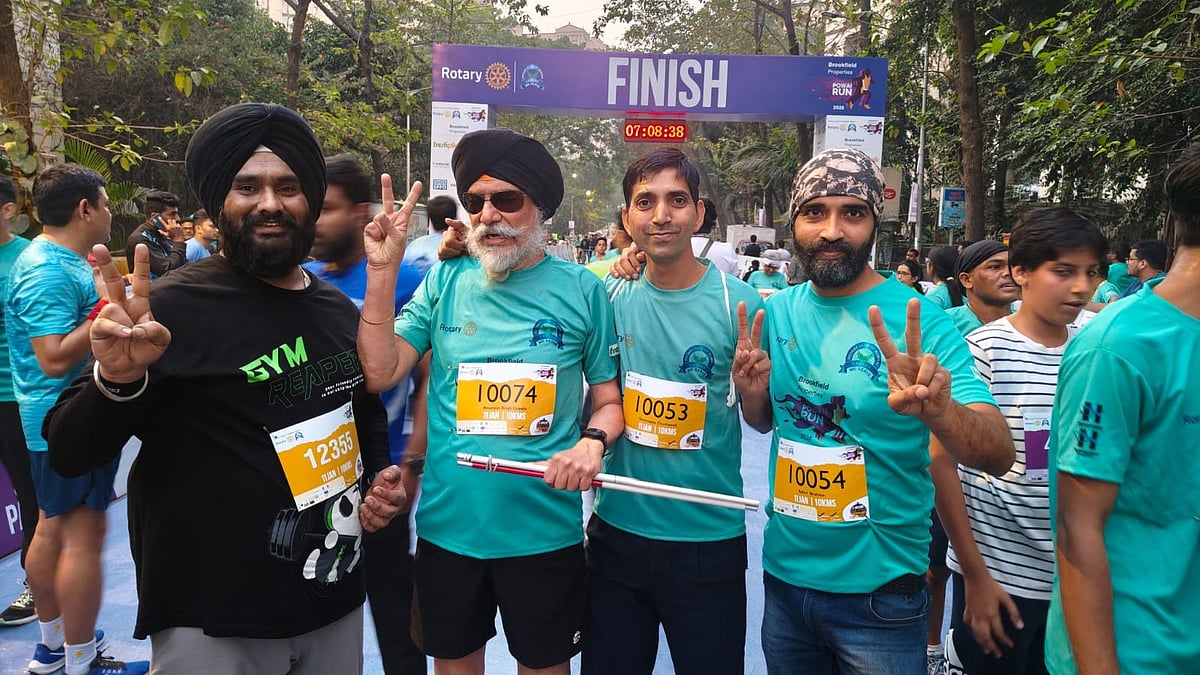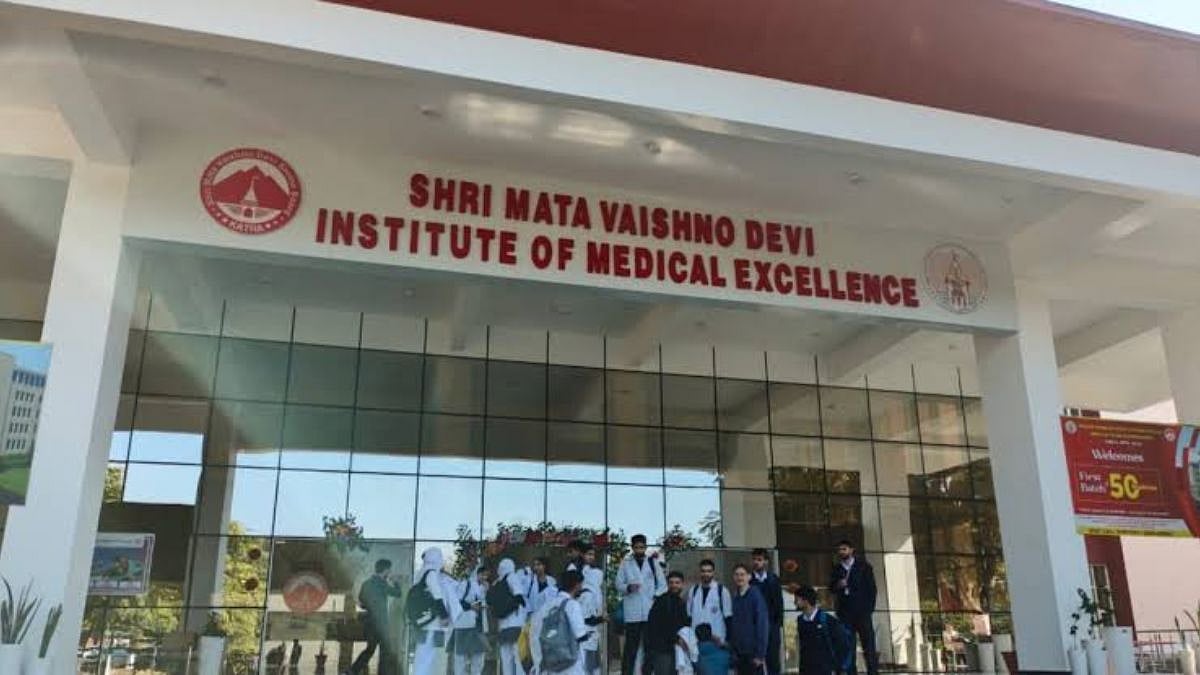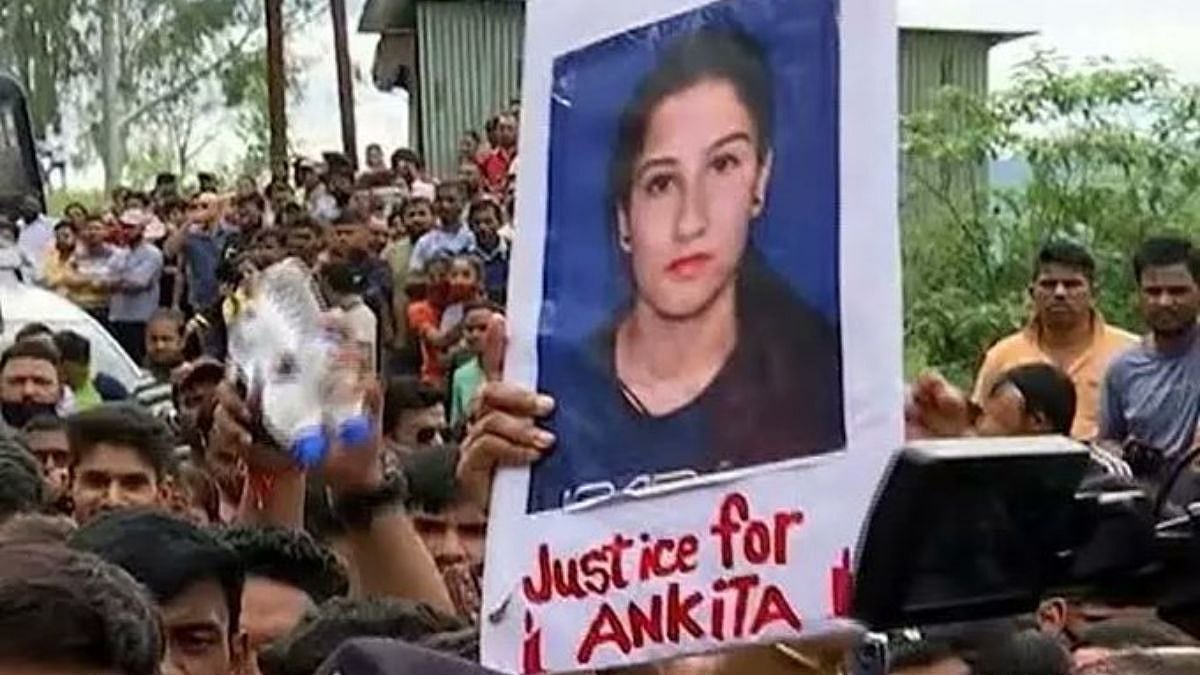We are still three months away from the national elections. Pundits say that elections are always about the economy. The recent Union Budget proposals gave generous income support to farmers and lower income taxpayers. Whether this will translate into electoral support for the ruling party, only time will tell.
The revised data on GDP shows that the past four years have had exceptionally good growth, putting India among the fastest growing economies of the world. These numbers however don’t seem to be corroborated by other indicators such as growth in bank credit to industry, private investment spending and exports.
The last word on GDP statistics is yet to be said, since the National Statistical Commission itself is bereft of any independent members. If indeed the economy is doing fine, why then was the need for a consumption stimulus in the form of direct cash support to farm households, and tax relief to the middle class?
The reality of farm distress cannot be denied, and indeed will be a central election issue. The rural and farm economy are intertwined, and need huge policy and fiscal support in the short run. In the medium to longer term, the solution to the farm crisis lies outside agriculture. Election is all about the short term, and the focus is on the immediate.
It is here that one needs to point out the biggest challenge facing farmers as well as urban dwellers. During June to September, there was a rainfall deficiency of 9 per cent for all India. But during that period, there was nearly 24 per cent deficiency in the North East. In the post-monsoon season, i.e. October to December, Maharashtra had a 44 per cent deficit.
The rainfall deficit in North West India was 45 per cent, in Central India 51 per cent, southern peninsula 36 per cent and the East and the North East India, it was 51 per cent. All this data is from the Indian Meteorological Division. Already it is obvious that rabi (i.e. winter sowing) crops will be adversely affected. Wheat production might fall, causing prices to go up, signs of which are already visible.
This may actually be good news to farmers, who have seen agricultural prices plummet in the past. But for all those regions who depend on rainfall for irrigation, the outlook is worrisome. Since the next monsoon is still four months away, the reservoir levels also need to be tracked, since these affect not just irrigation, but also drinking water supply and production of hydel-power. In Gujarat the water availability in Narmada dam’s reservoir may not last till the end of June. In Maharashtra, water tankers ferrying drinking water to villages has started. Remember the water train to Latur? It gave a new meaning to the term “Latur pattern”.
Against this backdrop of the familiar and emerging water challenge, which seems to recur every year, one should read the report on India’s water crisis produced by the Niti Aayog last June. That report highlighted the fact that in the next two years, 21 cities of India, with a population of more than one million, will “run out of water”. This is because their groundwater resource is getting recharged at a rate slower than it is being exploited.
The Niti Aayog report is probably an underestimate, since water stress has already affected and spread to many more cities and towns across India. The exploitation of ground water, through tube wells, whether for agriculture (for instance to feed water hungry cotton and sugarcane) or for industry, or for residential use is quite excessive.
Quite shockingly, more than 60 per cent of irrigated agriculture, and 85 percent of drinking water supplies are dependent on ground water resource. India draws about 250 cubic kilometers of water from the ground every year, as per the World Bank, which is about one fourth of the world’s total ground water annual supply. The Niti Aayog report also says that 600 million Indians face high to extreme water stress, which refers to its availability and quality. The contamination also leads to water borne diseases and avoidable deaths.
Declining water availability can also affect food security and industrial production (since many industries depend critically on water). Then misplacing of water results in anomalous situations. For example, when water tankers offer a higher price, farmers who have water in their tube wells, find it attractive to “sell water” rather than using it for their crop. Under-pricing also leads to wastage or inefficient usage. In many pre-election surveys carried out in different parts of the country, it was revealed that availability of water, especially for drinking, is a high priority for voters.
Maharashtra’s “jalyukt shivar”, which started four years ago, is an ambitious project to recharge ground water, and make the State tanker-free, especially during the parched months of summer. There are some indications of partial success in terms of raised water table, but a full assessment is pending. Water scarcity is one of India’s major challenges and risks affecting the prospect of high, inclusive and sustainable growth. Coping with water stress calls for a multi-pronged approach. Firstly, aggressive demand side management and measures, such as recycling, rainwater harvesting, zero-discharge industrial use. Secondly adjusting cropping patterns away from water guzzling crops like sugarcane away from parched regions.
Thirdly, appropriate pricing of water use, reduction of subsidy on farm usage, removal of free electricity for farm sector (which contributes to over depletion of ground water). Fourthly shifting from private to community ownership and management of ground water, through concepts like paani-panchayats and water user associations. Indeed we need a law which treats ground water as a common resource rather than private property. Fifth is a change in mindset, to allow liberally import of water intensive crops, and encouragement of corporate agriculture investments in water rich foreign locations.
This means that food security need not mean zero food imports, but rather a judicious mix of domestic and import sourcing. As the Prime Minister often says, more crop per drop. Water may not be the burning issue in the forthcoming elections, but it certainly is one of the most pressing national challenges.
Ajit Ranade is an economist and Senior Fellow Takshashila Institution. (Syndicate: The Billion Press)
